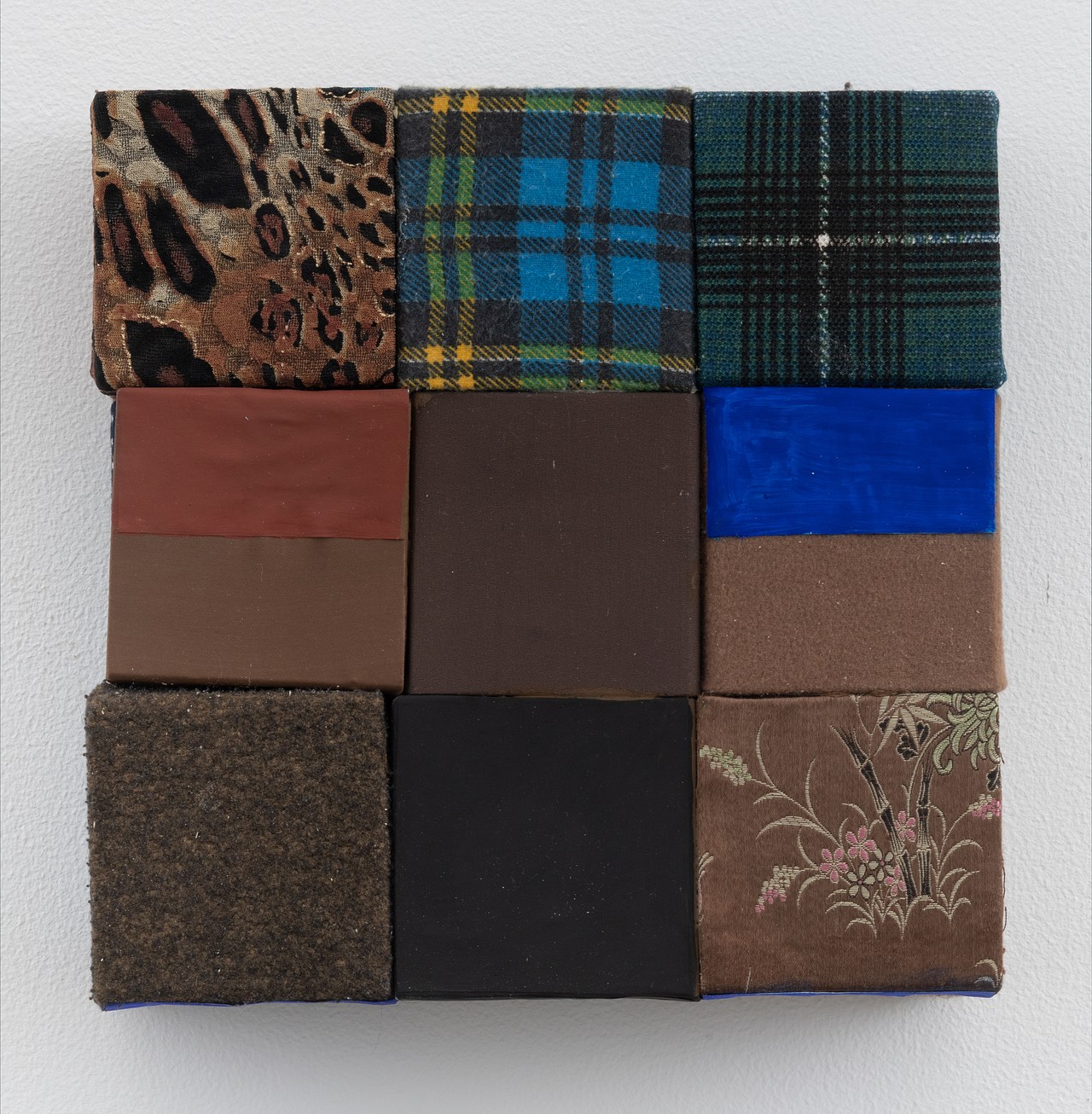Superhero comics have many well-worn motifs which have been popularized, subverted, and scoffed at over the decades, like secret identities, reporter girlfriends, and radioactive everything. In Tropes in Capes, I’ll look at the history of these elements: how they got started, when and if they fell out of favor, and where they are now. First up: the kid sidekick!
The first proper kid sidekick in superhero comics is not going to come as a surprise to anyone: it’s Robin, of course. Robin the Boy Wonder debuted in 1940, created by Bob Kane, Bill Finger, and Jerry Robinson. The cover of his first issue declares him “The Sensational Character Find of 1940!” and for once, the hype is not overblown: Robin coined and defined a crucial aspect of the genre almost overnight, and remains one of the most beloved superheroes in the world over 80 years later.
From the perspective of someone trying to sell comics in the 1940s, the kid sidekick makes a ton of sense. First of all, the hero needs someone to talk to — Sherlock Holmes has Watson, and now Batman would have Robin. (In fact, there’s a popular but unsourced quote by Bill Finger floating around the internet making this exact comparison.) Second, the hero needs a regular someone to rescue. Superman had Lois Lane, but Batman had an inconsistent love life, so why not give him a ward with a propensity for getting tied up?
But most importantly, the kid sidekick is a kid, and in the 1940s, so were almost all comic book readers. What could be cooler than living vicariously through Dick Grayson while he lived in a mansion and fought ne’er-do-wells and never ever had to go to bed when he didn’t want to? The dream!
Robin paved the way for a host of other Golden Age sidekicks. By the end of 1940, the original Human Torch had gained a sidekick, Toro. By 1941, sidekicks were already so de rigeur that some new superheroes were given one right off the (pun intended) bat: the first appearance of Captain America is also the first appearance of his sidekick Bucky, and ditto Green Arrow and Speedy, while Sandman’s makeover from a The Shadow-esque pulp vigilante to a spandex-clad superhero came complete with a new sidekick, Sandy the Golden Boy. The trope was even already being subverted, as with the Star-Spangled Kid and Stripesy, where the kid was the hero and the adult was the sidekick. Even Jimmy Olsen, absolutely a kid sidekick despite his (usual) lack of spandex, made the jump from the Superman radio show to the comics in 1941.
Copyright
© Book Riot










